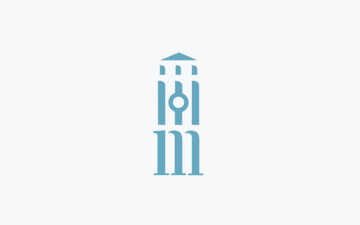'Mad At School' author responds to debate over mental disability on campus

This blog entry, written by Mad at School author Margaret Price, is the second of three posts on mental disabilities in the college setting. For the first post on the Chronicle of Higher Education story, please click here.
Killer Dichotomies: Ir/rational, Crazy/Sane, Dangerous/Not
There are a number of conversations about Mad at School going on now. I am happy to see all of them—even those that contain opinions I strongly disagree with—because at least we are now having this conversation.
Over the past week, I’ve been reading Benjamin Reiss’s "Campus Security and the Specter of Mental-Health Profiling," along with its comment stream; also comments on Facebook; and other conversations on listservs such as DS-HUM.
And while I am not a fan of dichotomies—those “killer dichotomies,” in Anne Berthoff’s wonderful phrase—I do think I am beginning to perceive a divide.
On one side are those who have some direct experience or knowledge of mental disability. These folks include clinical psychologists or mental-health administrators on campus. They include professors who live with major depression, or bipolar disorder—or some other lurid diagnosis—carefully, and in secret. They may include teachers who have walked a crying student to the campus mental-health center. This group includes those who have a loved one—a brother or sister, a child, a close friend—who experiences significant mental health distress.
These people, in my experience, understand that mental health, mental unhealth, and the torturous framework of diagnosis, money, and human rights that lurches along with these concepts, are vastly complicated. Empirical studies tell us that many of our students, many of our faculty colleagues, we ourselves, are mentally disabled in large numbers. This group is interested in finding ways to improve access to all kinds of spaces, including academe.
On the other side are those who worry—legitimately, I think—about the problems of falling standards and violence. The “falling standards” argument posits, essentially, that academe is supposed to be a place where those of agile mind hone and develop their mental abilities. The “violence” argument posits that those with impaired minds might be dangerous—might be, in the words of one commenter on a blog for the Chronicle of Higher Education, “psycho-killers.”
And maybe on a third side (already I’m moving out of the binary) are those who simply worry about the human cost of all this anguish. What about the trauma inflicted upon students and faculty at Virginia Union University—including those who were not present for the shootings of 2007? What about the concern that some students cry “depression” when the truth is that they just didn’t do the work? What about the fear that one’s colleague, or one’s student, or one’s dean, might “go off” at any moment? What about the thousands of U. S. troops returning from service with untreated diagnoses of post-traumatic stress disorder, anxiety, transient psychosis?
I do not have easy answers to solve (to “cure”) this culture of fear, violence, and suspicion. What I do have is a powerful feeling that we have got to talk about it more. Let’s start now.
And please, let’s try to leave the pejoratives at the door.



